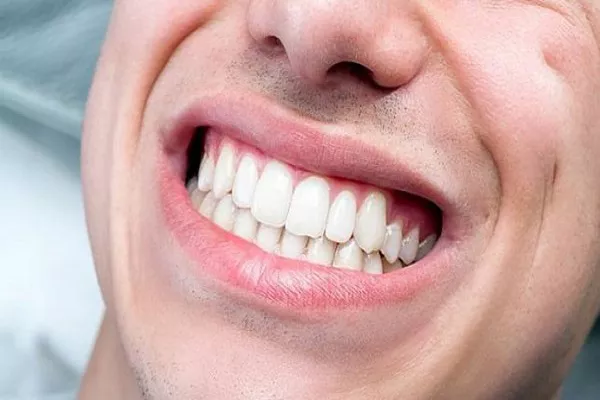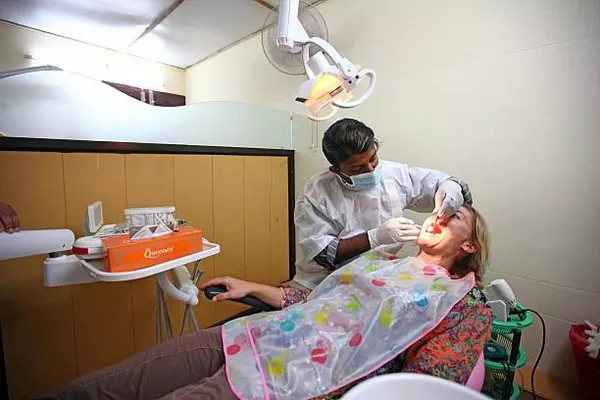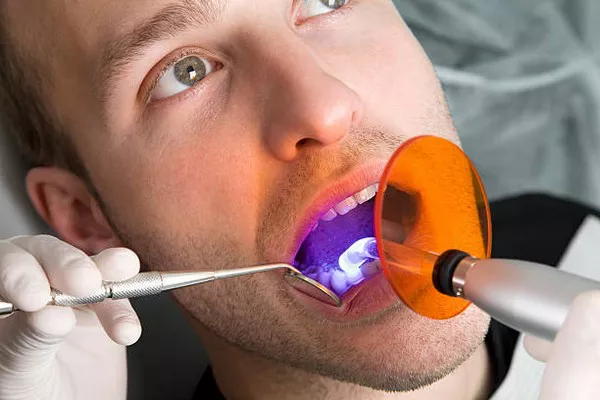Whitening strips are a popular and convenient method for achieving a brighter smile at home. When used correctly, they can significantly improve the appearance of stained or discolored teeth. However, to get the best results, it’s essential to apply them properly and follow the manufacturer’s guidelines. This article will provide a detailed guide on how to put on white strips, including preparation, application process, duration, frequency, post-application care, expected results, safety tips, troubleshooting, and the importance of consulting with a dentist.
Preparation
Before applying whitening strips, it’s crucial to prepare your teeth properly to ensure maximum adhesion and effectiveness:
Brush and Floss: Start by brushing and flossing your teeth to remove any food particles and plaque. This will help the strips adhere better to your teeth and ensure even whitening.
Dry Your Teeth: After brushing and flossing, gently dry your teeth with a clean, dry cloth or tissue. Whitening strips stick better to dry surfaces, so this step is essential for optimal adhesion.
Read the Instructions: Different brands and types of whitening strips may have specific instructions. Always read the product’s instructions carefully before use to understand the recommended application process and duration.
Application Process
Applying whitening strips correctly is key to achieving the desired results. Here’s a step-by-step guide:
Remove the Strips from the Package: Carefully open the package and remove the strips. There are usually two strips in each package—one for the upper teeth and one for the lower teeth.
Align the Strip with Your Gum Line: Take one strip and align it with your gum line. Make sure the gel side is facing your teeth.
Apply the Strip to Your Teeth: Press the strip gently but firmly onto your teeth, ensuring it adheres well. Smooth out any air bubbles by pressing the strip from the middle toward the edges.
Fold the Excess Strip: If there is any excess strip hanging over your teeth, fold it behind your teeth to keep it in place.
Repeat for the Lower Teeth: Follow the same steps to apply the strip to your lower teeth.
Duration
The amount of time you need to leave the strips on your teeth can vary depending on the product. Typically, whitening strips are left on for:
Short-Term Strips: 5-30 minutes per session, used once or twice a day.
Long-Term Strips: 30-60 minutes per session, often used once a day.
Always follow the specific instructions provided with your whitening strips to avoid overuse and potential sensitivity.
Frequency
The frequency of use will also depend on the product and your individual needs:
Daily Use: Some strips are designed for daily use over a period of 7-14 days.
Bi-Weekly Use: Other strips may be used every other day to minimize sensitivity.
Maintenance: After achieving desired results, you may only need to use the strips occasionally for maintenance.
Be mindful of the maximum usage limits indicated on the packaging to prevent overuse and tooth sensitivity.
See Also: All You Need To Know About The Top 5 Teeth Whitening Method
Post-Application Care
After removing the whitening strips, it’s important to take the following steps:
Rinse Your Mouth: Rinse your mouth with water to remove any remaining gel residue.
Brush Your Teeth: Some people prefer to brush their teeth after removing the strips, especially if there’s a lot of residue left. Use a soft-bristled toothbrush and gentle toothpaste to avoid further sensitivity.
Manage Sensitivity: If you experience sensitivity, consider using a toothpaste designed for sensitive teeth. Avoid extremely hot or cold foods and drinks for a few hours after application.
Expected Results
The results of whitening strips can vary based on the initial condition of your teeth and the type of strips used. Generally, you can expect:
Initial Results: Some improvement can be seen within a few days of consistent use.
Full Results: Most products will show significant results after 7-14 days of use.
Maintenance: Periodic use can help maintain the whiteness of your teeth.
Results will vary depending on individual factors such as the severity of staining and adherence to the product instructions.
Safety Tips
To ensure the safe and effective use of whitening strips, consider the following precautions:
Avoid Staining Foods and Drinks: During the treatment period, avoid foods and drinks that can stain your teeth, such as coffee, tea, red wine, and dark-colored berries.
Do Not Overuse: Stick to the recommended usage frequency and duration to prevent tooth and gum sensitivity.
Consult a Dentist: If you have dental work such as crowns or veneers, or if you experience significant sensitivity or gum discomfort, consult your dentist before using whitening strips.
Troubleshooting
If you encounter issues while using whitening strips, here are some common problems and solutions:
Strips Not Sticking: Ensure your teeth are dry before applying the strips. Press firmly to remove any air bubbles.
Strips Sliding Off: Avoid talking, eating, or drinking while the strips are on your teeth.
Uneven Whitening: Make sure the strips are evenly applied and adhere properly to the teeth. Consider alternating application methods to cover all surfaces.
Sensitivity: Use a desensitizing toothpaste and reduce the frequency of use. If sensitivity persists, discontinue use and consult your dentist.
Consultation Reminder
While whitening strips are generally safe for most people, it’s important to consult with your dentist, especially if you have existing dental work or underlying dental issues. Your dentist can provide personalized advice and ensure that whitening strips are a suitable option for you.
Conclusion
Whitening strips can be an effective and convenient way to achieve a brighter smile when used correctly. By following the preparation steps, applying the strips properly, adhering to recommended duration and frequency, and taking care of your teeth post-application, you can enhance your dental aesthetics safely and effectively. Always prioritize your oral health by complementing whitening treatments with good hygiene practices and regular dental check-ups.
You Might Be Interested In




























